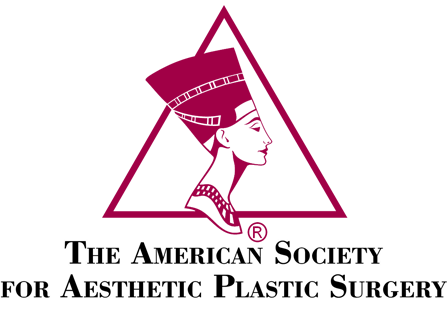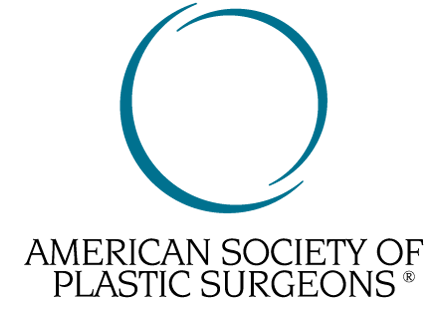Plastic Surgery FAQs
 Dr. Kulick
Dr. Kulick
“I love to see how cosmetic procedures improve my patients’ self-confidence.”
more
 Read what patients are asking.
Read what patients are asking.
Here are some of the most common questions asked of Dr. Kulick.
Call our office to speak with someone about your questions, or else, set up a private consultation with Dr. Kulick in order to discuss your specific needs.
Frequently Asked Questions
Q: Can a person who has had liposuction gain weight?
A: A liposuction procedure does not prevent a person from gaining weight. However, it does remove those fat cells that would “store energy” in the area that was treated. For example, if a woman had liposuction on her outer thighs, and then subsequently gained five or ten pounds, the energy storage (or fat deposition) would occur primarily in other areas, such as the abdomen and breasts.
Q: When considering Rhinoplasty, how exactly is the new nasal shape determined?
A: Prior to surgery, I spend time with the individual reviewing pre- and postoperative photographs of rhinoplasties that I performed on previous patients. In order to determine the surgical plan that will be aesthetically pleasing and will respond to the patient’s request, I often ask for the patient to bring in photographs of noses that he or she finds both attractive and unattractive. These preoperative sessions help educate the patient as to what is feasible, and permits proper communication between the patient and myself with regard to what changes are desired.
Q: Following a Facelift, will the patient look completely different, or more as he or she did in earlier years?
A: As a surgeon, my goal is to perform a facelift that rejuvenates the look of my patient, rather than change that person’s appearance. The comments I often hear form my patients following this surgery are that they look years younger, or rested, as if they were taken back in time. There are occasions when a patient requests additional improvements to be made during the time of the facelift, such as a chin implant, correction of a nasal deformity, or laser resurfacing of the lines around the mouth. The combination of such improvements with the facelift can result in a younger look, with enhanced features.
Q: Can anything be done to improve the appearance of a scar that resulted from a past injury?
A: Depending upon how severe the scar looks, many treatments can be offered. These options include: excising the scar and using small, fine sutures to close the wound; changing the direction or shape of the scar with a technique called “Z-plasty”; expanding the tissue to provide “extra skin” around the scar so that there is no tension during the healing process; and most recently, using laser resurfacing to the revised scar to help blend in the color. Another alternative utilizes an on laser technique of Intensed Pulsed Light which helps reduce the redness and aids flattening undesirable scars.
Q: What factors determine if facial wrinkles should be treated with collagen injections, chemical peels or laser surgery?
A: The particular treatment that is used depends upon the severity of the patient’s wrinkles, other skin conditions that may be affected by the treatment, recovery time limitations and the desired result.
Collagen injections are effective in that they improve both fine and deep wrinkles. After the treatment, the patient has very little, if any, recovery time. The main drawback is that the wrinkle correction is temporary, therefore making follow-up treatments necessary in order to maintain the desired youthful appearance.
Superficial chemical peels are helpful treating fine wrinkles, as well as certain skin pigmentation disorders. However, they are relatively ineffective for medium and deep wrinkles. In these cases, stronger chemical peels are required. The responses vary for all chemical peels, usually when good wrinkle reduction is achieved, there is also a permanent change in the skin’s pigmentation. Such potential results are thoroughly discussed with the patient in order to ensure the greatest satisfaction following the treatment.
Laser resurfacing can be used for wrinkles of any degree. The recovery time depends on the initial depth of the wrinkles and desired final result. Fine wrinkles and certain skin pigmentation disorders, such as liver spots, are treated very successfully. For medium and deep wrinkles, a patient can receive a good to excellent reduction with fewer pigmentation problems, as compared with some chemical peels.
Q: What can be done about the redness around my face, which looks worse when I exercise, come in from the cold, or have something to drink? I also have some sun damage and fine wrinkling? How much work should I anticipate missing with this treatment?
A: One of the best options for these concerns is for the Intense Pulsed Light. This technique allows for the gradual reduction of undesirable redness, brown spots and sun damage. Patients undergoing such treatment say that their pore size appears smaller. The series of IPL treatments can be performed without anesthesia in the office with little results are dramatic.


